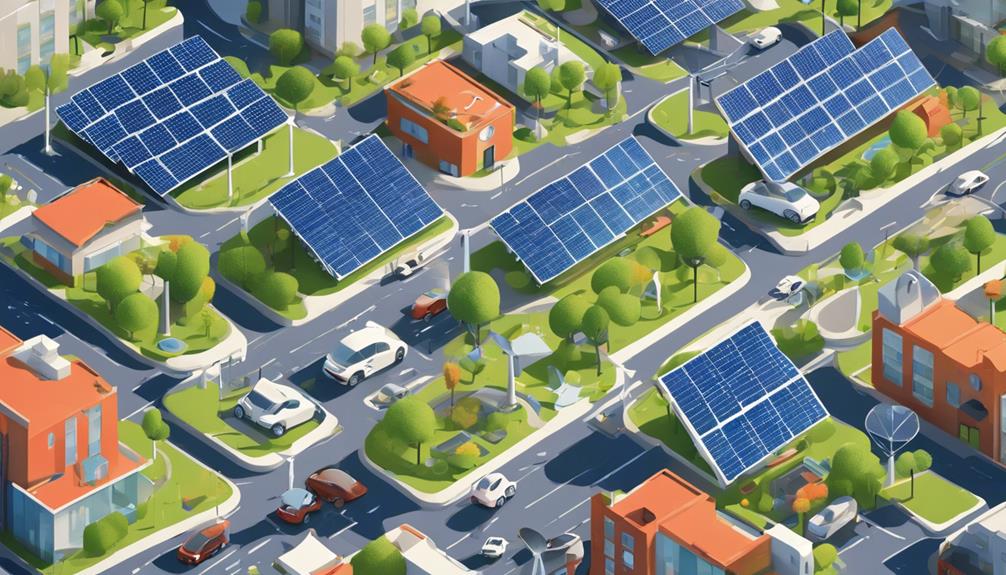
Solar energy has become an increasingly vital source of renewable energy in recent years, with solar panels leading the charge. Among various types of solar panels, the 72 cell solar panel stands out due to its efficiency and output. In this comprehensive guide, we will explore everything you need to know about 72 cell solar panels, including their benefits, key features, and installation processes.
What are 72 Cell Solar Panels?
72 cell solar panels are larger solar panels that typically measure around 39.4 inches by 65.0 inches and contain 72 individual solar cells. These panels are designed primarily for commercial and utility-scale applications, although they can also be used in residential settings where higher energy output is required. The 72 cell configuration allows for improved efficiency and electricity generation, making them a popular choice for those looking to maximize their solar energy production.
Benefits of 72 Cell Solar Panels
One of the primary benefits of 72 cell solar panels is their high energy output. With a higher number of cells, these panels can generate more electricity compared to their 60 cell counterparts. This makes them ideal for larger installations where space may not be a constraint. Additionally, the 72 cell design helps in optimizing the performance of the panels, especially in low-light conditions. This ensures that homeowners and businesses can harness solar energy effectively throughout the year, regardless of the weather.
How 72 Cell Solar Panels Work
The functionality of 72 cell solar panels is rooted in photovoltaic technology. Each solar cell within the panel is made of semiconductor material, typically silicon, which absorbs sunlight and converts it into direct current (DC) electricity. The electricity generated is then sent to an inverter, which converts it into alternating current (AC) electricity for use in homes and businesses. The larger number of cells in 72 cell solar panels allows for a greater surface area to capture sunlight, enhancing their overall efficiency and energy production capabilities.
Comparing 72 Cell Solar Panels to Other Types
When choosing solar panels, it’s essential to understand how 72 cell solar panels compare to other types, such as 60 cell panels and bifacial panels. While 60 cell panels are typically more compact and suitable for smaller applications, 72 cell panels excel in larger installations due to their higher power output. Bifacial panels, on the other hand, can capture sunlight from both sides, potentially increasing energy production. However, 72 cell panels remain a popular choice for their robust performance and reliability, making them a preferred option for many commercial installations.
Installation Process for 72 Cell Solar Panels
Installing 72 cell solar panels involves several steps, starting with a site assessment to determine the best location for the panels. This includes evaluating roof orientation, shading, and structural integrity. Next, a solar installer will design a system that meets the specific energy needs of the client. Once the design is approved, the installation can begin. The panels are mounted using a racking system, which ensures they are securely attached to the roof or ground. After mounting, the wiring and inverter installation take place, followed by connecting the system to the electrical grid. Finally, the system is tested to ensure optimal performance.
Cost Considerations for 72 Cell Solar Panels
The cost of 72 cell solar panels can vary significantly based on several factors, including panel brand, installation complexity, and location. On average, the installation cost can range from $2.50 to $3.50 per watt, making the total system cost for a standard installation between $15,000 to $30,000. However, with various federal and state incentives available, homeowners can significantly reduce their upfront costs. Additionally, considering the long-term savings on electricity bills and the potential increase in property value, investing in 72 cell solar panels can be financially advantageous.
Maintenance and Longevity of 72 Cell Solar Panels
One of the appealing aspects of 72 cell solar panels is their durability and low maintenance requirements. Most solar panels come with warranties that last 25 years or more, offering peace of mind regarding their longevity. To ensure optimal performance, periodic maintenance is recommended. This typically includes cleaning the panels to remove dust and debris, inspecting the inverter, and checking for any shading issues. Regular maintenance can help maximize the efficiency and lifespan of your solar energy system.
Future of 72 Cell Solar Panels in Renewable Energy
As the demand for renewable energy continues to grow, the future of 72 cell solar panels looks promising. Technological advancements are leading to more efficient solar cells, which could further enhance the performance of 72 cell panels. Additionally, as the costs of solar technology decrease, more homeowners and businesses will likely consider investing in these high-output panels. The transition to cleaner energy sources is essential for combating climate change, and 72 cell solar panels are poised to play a significant role in this movement.
In conclusion, 72 cell solar panels represent a powerful option for anyone looking to harness the sun’s energy efficiently. With their high output, durability, and decreasing costs, they are an excellent investment for both residential and commercial applications. As solar technology continues to advance, the role of 72 cell solar panels in the renewable energy landscape will only grow. Embracing this technology not only benefits individual energy consumers but also contributes to a more sustainable future for our planet.





